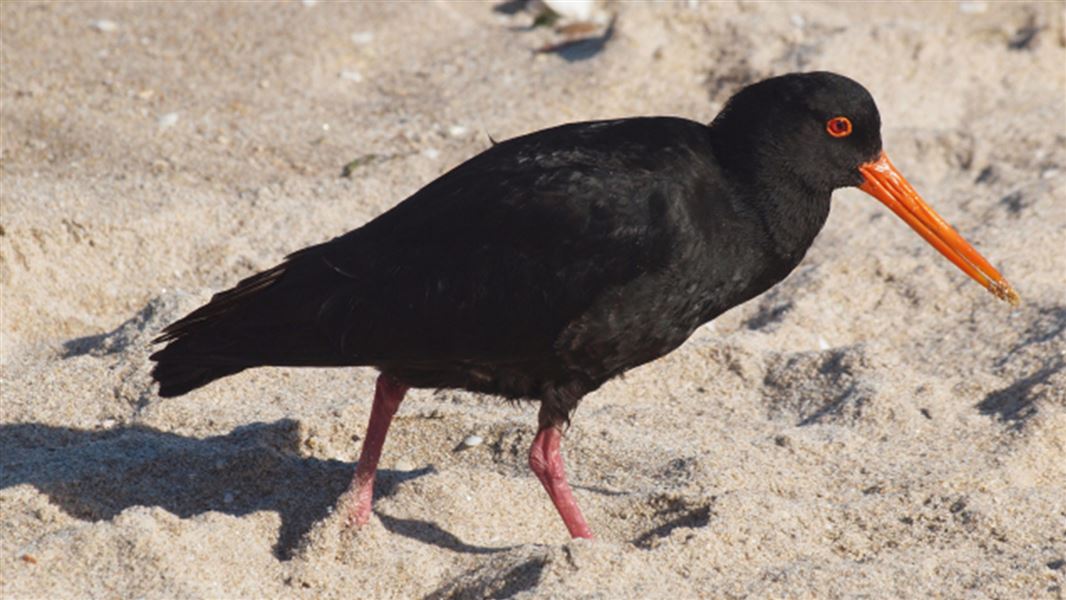Archived content: This media release was accurate on the date of publication.
Date: 20 November 2023
Sometime between 1 and 3 November, an adult variable oystercatchers/tōrea pango was shot and killed by someone using an air rifle on or near Pouawa Beach, about 18 km northeast of Gisborne.
The bird’s death was reported to DOC by a camper, who was walking on the beach when they found it. It was picked up by a DOC staff member and sent to Massey University for a postmortem as there was no visible wounds on the bird.
Following x-ray, two pellets from an air rifle were found to be the cause of death.
A second bird was picked up the following day, and although a post-mortem wasn’t undertaken, DOC staff believe it was shot and killed in the same interaction.
It is an offence under the Wildlife Act to hunt or kill any absolutely protected wildlife, with maximum penalties of two years imprisonment, fines up to $100,000, or both.
Zachary Penman, DOC Ranger Biodiversity and Compliance Officer, says the actions are inexcusable.
“It’s hard to understand why someone would do this,” says Zachary.
“Variable oystercatchers are a taonga species of Aotearoa, and usually live up to 30 years. They will often inhabit the same area of beach for their whole lives.
“Local campers in Pouawa would see these birds every year and welcome their company. To them, and many in the community, it’s like losing a friend.”
If anyone has any further information regarding this shooting, or any other information on crimes against wildlife, please call 0800 DOC HOT (0800 362 468) or contact the Gisborne DOC office and ask for the warranted officer on duty.
Background information
The variable oystercatcher is a large, heavily-built shorebird with conservation status of 'At Risk, Recovering'.
Variable oystercatcher occur around most of the coastline of New Zealand, and breed most commonly on sandy beaches, sandspits and in dunes.
They are very vocal; loud piping is used in territorial interactions and when alarmed. Chicks are warned of danger with a sharp, loud ‘chip’ or ‘click’.
Adults have black upperparts, their underparts vary from all black, through a range of ‘smudgy’ intermediate states to white. They have a conspicuous long bright orange bill (longer in females), and stout coral-pink legs; their eyes have a red iris and the eye-ring is orange.
They breed in monogamous pairs and defend territories vigorously against neighbours. Nests are normally simple scrapes in the sand and the 2–3 eggs are laid from October onwards. Incubation is shared and takes about 28 days.
Contact
For media enquiries contact:
Email: media@doc.govt.nz
